(11 am. – promoted by ek hornbeck)
I believe government works. The Republican party says government doesn’t and shouldn’t work unless the discussion is about defense spending.
A year ago it was chaos, it looked as if the economy was going to implode. Like many generations before us we learned the lesson that an unregulated market builds bubbles. On the inflate many get rich off of transaction fees and rising asset values. When the bubble pops the negative feedback loops or vicious cycles are devastating. We saw the transferred devaluations move from housing values to Wall Street securities and from there to all sectors of the economy. Autos, small banks, 401ks, mutual funds, university endowments. It wasn’t clear when the wave would stop but we knew something had to change. The government’s normal economic tools were used up after too many bubbles and they were wrong in scale for the job. As a last resort the government stepped it up with once in a lifetime moves like TARP and the ARRA also known as the stimulus. Yet 9 months after the stimulus was passed it’s critics are fiercely attacking it. They say it’s not working, it’s wasteful, it should stop.
This is the first installment of a new project I’m working on called Government Works. The initial focus will be on the stimulus program that passed in February. Is it working? Is it large enough? Just today the Hill reports that Republicans are criticizing the stimulus as
mismanaged, and added hundreds of billions to the nation’s record deficit without lowering unemployment. “Hopefully the White House summit is a sign that the administration is finally ready to join us in providing real solutions that will get Americans back to work,” House Minority Whip Eric Cantor (R-Va.) said Thursday in a statement
Cantor goes on to suggest, surprise, surprise, tax cuts as the solution.
The same pundits that were dangerously wrong before are prognosticating again. This time they say fear of big Democratic losses in 2010 is pushing Dems towards a second stimulus. This piece by JP at Reuters has lots of reasons why we might have more jobs programs, except that Democratic leaders think it’s sound economics. We need to push back and this project could help do that.
The focus of this project’s first stage will be:
#1 Discuss why government spending is essential in a recession. Explain Keynesian Economics
#2 Showing the jobs that were saved and created by the ARRA .
#3 Interviewing some of the people with those jobs, what would they be doing if they didn’t receive the stimulus money? What are they using the money for?
#4 Following the money, where do those with jobs from ARRA spend their money? If they shop at a local store interview the store owner. This can show one of the economic principles that’s at work here, the velocity of money.
I’ve got some other ideas, but lets focus on #2 for today. Today I went out with my friend Vatche Abnous to snap some shots of stimulus work in progress. Vatch is a good friend and photographer. His previous work can be seen here. Here’s my favorite one.

Vatch is going to be joining us here and he’ll be helping me interview and photograph willing participants who can tell us about these different stimulus projects. If you haven’t seen it yet, Recovery.gov is an excellent website. It’s got a detailed map that shows all the projects by state and local area.
For us day one was a misfire. We went to the wrong school, and filmed the wrong construction. We were at a high school a block up from the elementary school where the ARRA funds were being spent. Beyond that our still camera battery was dead.
So for tonight we’ll just use some of the photo’s from the USDA recovery’s flickr page.

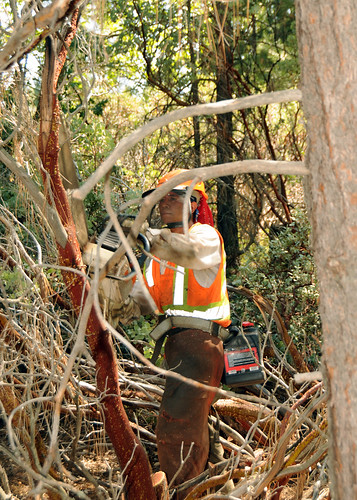
Locally hired contracted personnel clear brush 8 feet back from the side of the road in the Sierra National Forest in California. This aids in clear road transit and aids in fire prevention. This is on of Forest Services ten percent projects using ARRA funds.

The ARRA isn’t all construction, this is through the ARRA funded Food Nutrition Project in Concord
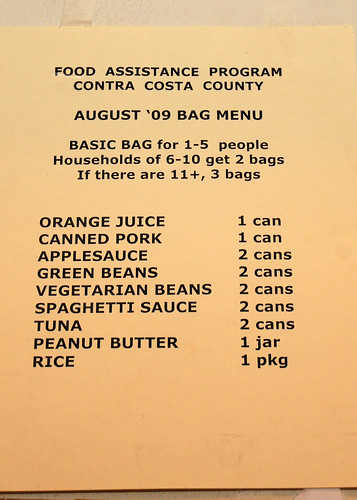
Menu list of food items that is to be packed for each food recipient at the Food Pantry at the Grace Lutheran Church in Richmond, California. This Food Pantry receives its food from the Food Bank in Concord, California.

Dave Lamb (left), and Doug Bartlett (right), Linn County Kansas, Fire Chief and Emergency Management Coordinator review the architects drawing for a new fire house in Prescott Kansas.

Hope, Makenna and Natasha Goetz playing on the deck of their home in Garnett, Kansas. Natasha and her husband Christopher were able to purchase their home with assistance from the U. S. Department of Agriculture, Rural Development loan guarantee program

Oh to be child again. Makenna Goetz doses off before dinner with crayons in her hand. Makenna’s parents Christopher and Natasha Goetz were able to purchase their home with money from the U. S. Department of Agriculture, Rural Development loan guarantee program.

The town of Berlin, MD., began construction on a $16 million dollar project on Friday, Oct. 2, 2009 This project will upgrade the wastewater treatment system for the local residents and create jobs in the local community.

ARRA funding ($399,999.00) is being used through a Rural Business loan to the Johnston County Industrial Authority to expand the business park. A business applying for a loan ought to be aware of the potential mistakes detailed here that they will want to avoid when it comes to seeking out loans. A new 6,000 sq. ft. facility will be built and leased to an existing small business that wishes to expand its capacity to building trailers in Tishomingo, Oklahoma.
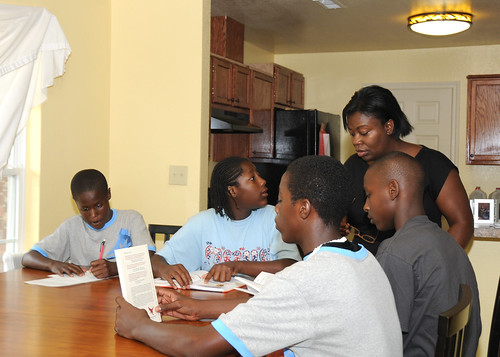
Bertha Anne Davis outside her new home in Fort Coffee, Oklahoma. Mrs Davis is a single mother raising her son and her 2 nephews and a niece. She received a home loan from Rual Develpment using AARA funds ($98,000.00) for a home loan. She was living a 2 bedroom ranch and now has a new 4 bedroom home in Fort Coffee, Oklahoma. She works for the school in Fort Coffee, OK. and is attending night classes to get her teaching degree.
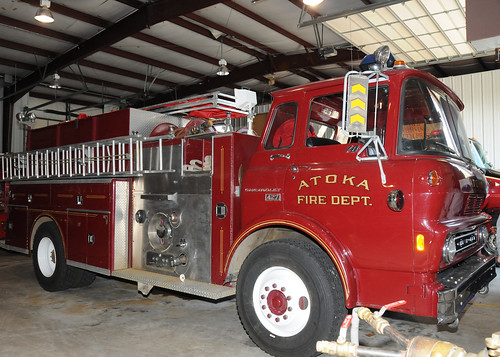
Atoka Fire Department received ARRA funds ($70,500.00) to purchase a refurbished tanker truck. This will enable the Atoka Fire Department to have water available in remote areas to fight fires in Atoka, Oklahoma
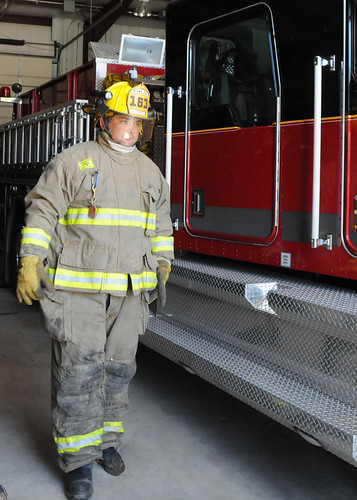
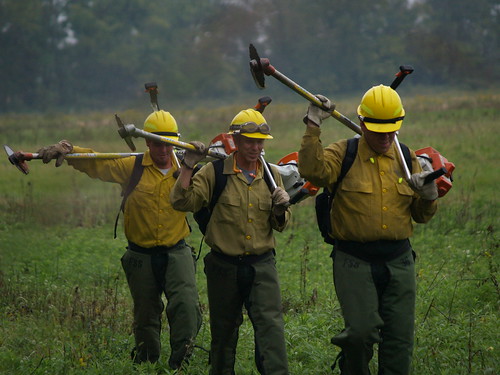
Midewin National Tallgrass Prairie. September 21, 2009. (r to l:) Owen Ratliff, Elmhurst, IL; Carl Pigazzo, Lockport, IL; and Nick Hansen, Wilmington, IL; part of a crew of workers hired with ARRA funding, walks to their job site on the Midewin National Tallgrass Prairie.
These guys are working on a project that I greatly value. The salmon runs are part of our existence here in Northern California.
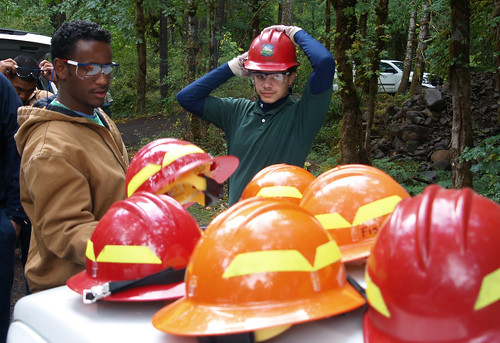
September 29, 2009. Estacada, OR. Timber Lake Job Corps Center students Biniyam Desta (l) and Barry Lee (r) don safety equipment before heading out on a streamside restoration project on the Clackamas River. The project enhances the spawning areas of native salmon on the river. USDA Forest Service photo by Keith Riggs.

Class in violin instruction under the direction of the WPA Federal Music Project in New York City, 1936. Courtesy of the Franklin D. Roosevelt Library


All comments, suggestions and other help are appreciated. If you want to help us with this, next time you see one of these signs. Take a few pictures, ask a few questions, and post the results.
Crossposted to The Progressive Electorate and the Daily Kos and at La Vida Locavore

3 comments
Author
It does absolutely nothing to address highly educated, high wage white collar who are long term unemployed and have been left to bankruptcy and foreclosure.
The USDOL in DC hasn’t a fucking clue what they are doing; and despite the Car Czar being in Michigan for a year, the USDOL fed doesn’t have a clue what is going on in Michigan.
Author
for the promotion
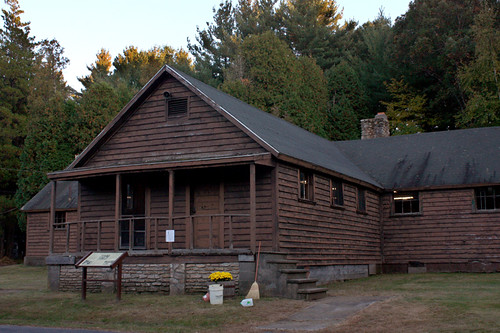
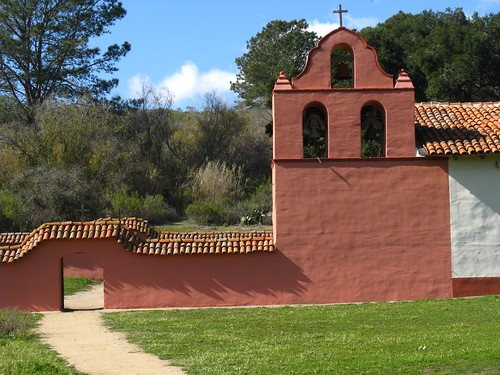
CCC Camp in Upton
New Deal Post Office in Oregon